Rescuing Australia’s lost students
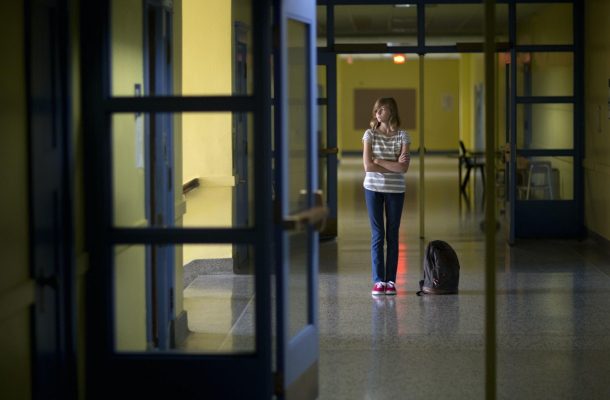
We like to believe that life is good in the ‘Lucky Country’; that in Australia, we can all access the basics we need to live comfortably.
But our education system has a secret ‘trapdoor’ through which too many of our marginalised and disadvantaged students literally disappear.
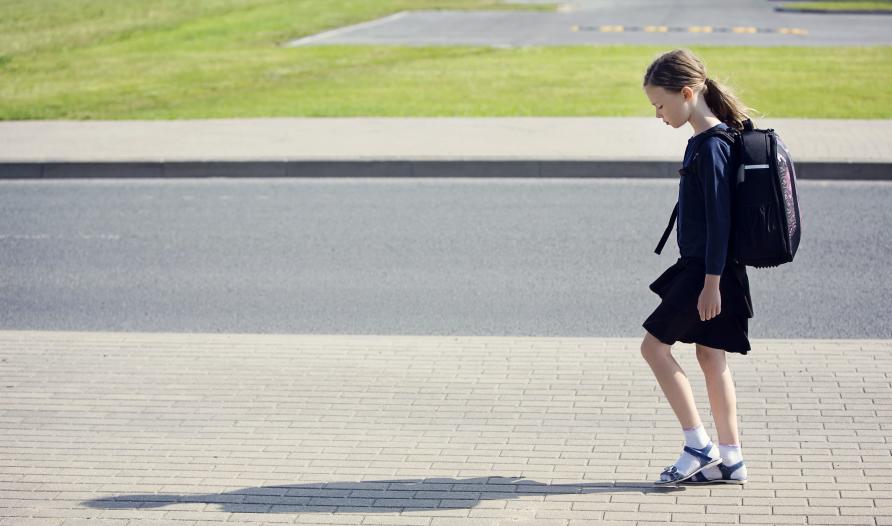
These children aren’t absent or ‘school-refusing’; they are completely disconnected from our education system.
Although it is hard to believe, tens of thousands of Australian children, many of them our most vulnerable, are simply not in school. They are being denied an education; one of their most fundamental rights.
These children aren’t absent or ‘school-refusing’; they are completely disconnected from our education system. We call them ‘detached’.
Perhaps most worryingly, we don’t know who they are, where they are, or exactly how many of them are out there.
Take Jack*, for example. He left home at the age of ten and was homeless for the next five years, becoming addicted to ice in that time.
When he stopped attending school in Year Five, nobody really cared. It seems his school didn’t report it and, even if they did, the New South Wales’ education system didn’t have processes in place that would have revealed his circumstances. His family did nothing.
I met Jack when he was 15 at Pathways College in Brisbane, a school dedicated to young people who have rejected, or been rejected by, mainstream education.
With amazing support from school staff, he has since gone on to graduate Year 12, a remarkable achievement, and more recently, has referred his sister to the school.
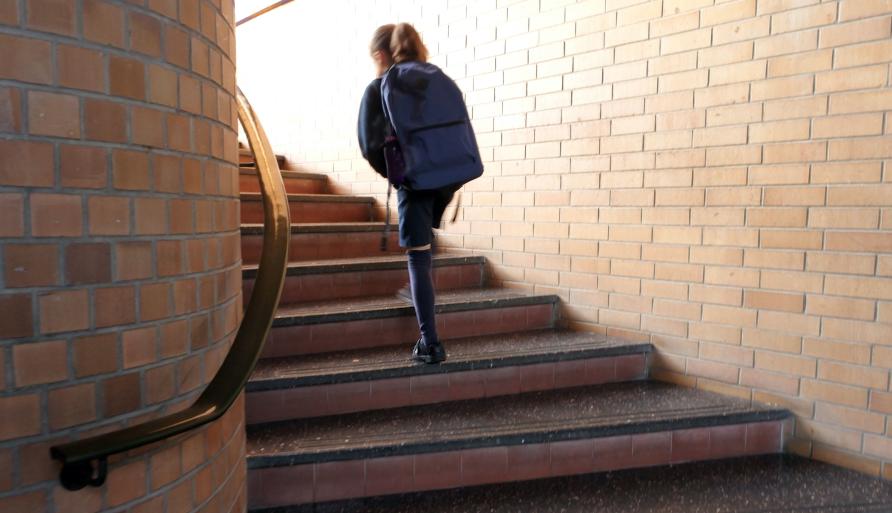
The report estimates that 50,000 young Australians of compulsory school age are not enrolled in formal education.
Sadly, his experience of self-driven reattachment is unusual; more commonly children like Jack struggle to escape the downward spiral of homelessness, crime, mental illness and substance abuse.
In our new report, which I wrote with Megan O’Connell, we conservatively estimate that 50,000 young Australians of compulsory school age are in a similar situation to the one Jack found himself in.
That is, not enrolled in any type of formal education.
This figure is based on the 2016 census, estimations provided by two Australian public school systems and annual UNESCO data from across a range of countries including Australia. In reality, the total could be far higher.
Australia doesn’t effectively track students that disappear from the education system and, for the most part, it seems that nobody has been in a hurry to locate or reconnect them.
Despite the deafening silence, senior educators are largely aware of the problem. And even though there have been isolated attempts to advocate for change, we have found little evidence of long-term solutions.
In a country as wealthy as Australia, how can we ‘lose’ so many young people?
Kristy DeBrenni, the Principal of Pathways College, believes a large part of the problem is our hyper-competitive school system.

Australia doesn’t effectively track students who disappear from the education system.
Students who end up detaching often have challenging behaviours, she says, and ‘saving’ them will negatively impact school performance data, which primarily values literacy and numeracy outcomes.
Often it’s far easier to let difficult students drift away, and therefore safeguard the school’s academic performance and reputation.
Among students like those at Pathways College, the predominant issues are connected with poor mental health, bullying, domestic violence, dysfunctional home-lives, anxiety, disability, anger management issues and behavioural disorders, boredom, gender and sexuality acceptance, pregnancy, caring responsibilities and substance abuse all playing a role in why many find mainstream education unsuitable.
The sad truth is that conditions in many schools are often intolerable for marginalised children, and it can be much easier for everyone if they no longer turn up, particularly when there is pressure from parents to clamp down on non-conformist behaviour.
We were told that there’s even a common term for moving these students on, rather than helping them: being burned.
Moreover, formal expulsions are on the rise in Victoria, New South Wales and Queensland, with expelled students highly likely to find themselves in the criminal justice system shortly after leaving school.
Anecdotally, informal expulsions (when students are encouraged not to return) are also common.
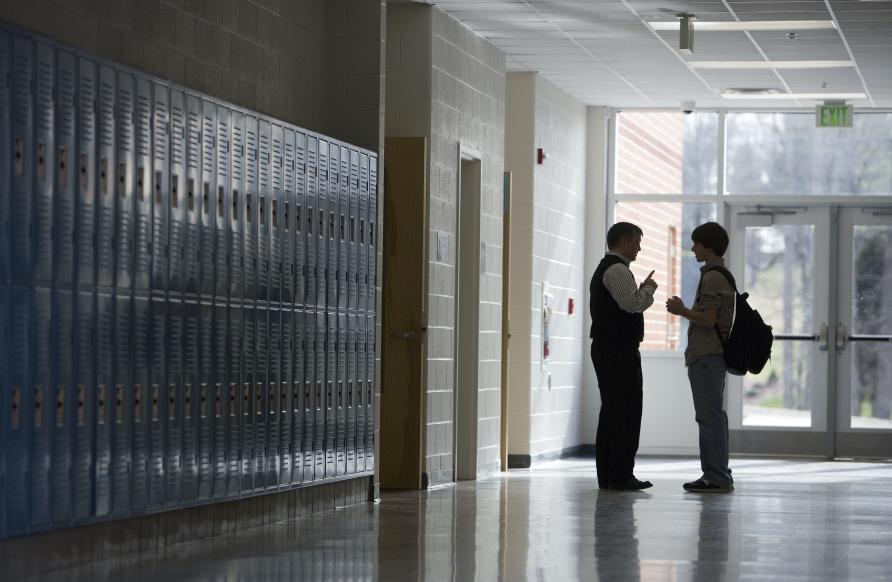
Many schools can feel intolerable for marginalised children.
Alternative schools like Pathways College, which provide a full-service model by focussing more on developing life skills and providing holistic support, can provide the education many of these struggling young people need.
Despite often being considered ‘underperforming’ when measured by traditional notions of academic success, they are almost always over-subscribed.
Quite simply, we need more of them, and fast.
A cynic might argue that there has been very little done to address this issue because in our electoral-cycle driven world there are minimal votes in trying to reconnect our displaced young people.
But addressing school detachment has significant benefits beyond the obvious moral imperatives; Australian research from 2017 estimates that every student who leaves school early costs society $A616,200 over the course of their lifetime.
Keeping students in school will not only ensure greater equity, opportunity and fairness, but it will significantly bolster our economy.
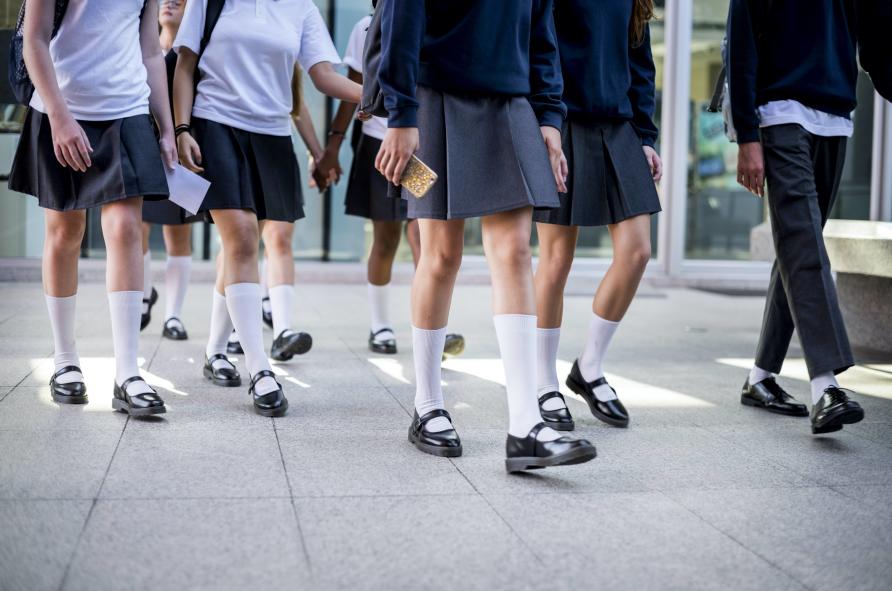
Keeping students in school also helps bolster the economy.
Our report makes eight recommendations, which should be considered by the Commonwealth Government in collaboration with the states and territories.
These include:
- a national commitment to addressing school detachment with appropriate long-term funding
- introducing a unique student identifier and relevant data-sharing among school systems
- early intervention for at-risk students
- training for leaders and teachers to identify and work with at-risk students
- holding school systems nationally accountable for compulsory school-aged students’ participation and movement destinations
- supporting detached children once back in the education system
- increased investment in mental health and allied support services for children and their families
- expanding national school success measures to include physical, social and emotional health and wellbeing, post-school pathways and cross-curriculum academic achievement.
Jack still has a long road ahead of him.
Now 19, he’s a father himself and breaking the intergenerational issues his family has battled will be a tough road. But with his school education complete, his chances of success are much higher than they otherwise would have been.
It’s time to start helping more young Australians like him.
*Not his real name.
This article was published by Pursuit.
Dr Jim Watterston began his career as a teacher in a rural Indigenous classroom in his home state of Western Australia and is now the Dean of the Melbourne Graduate School of Education at the University of Melbourne.











